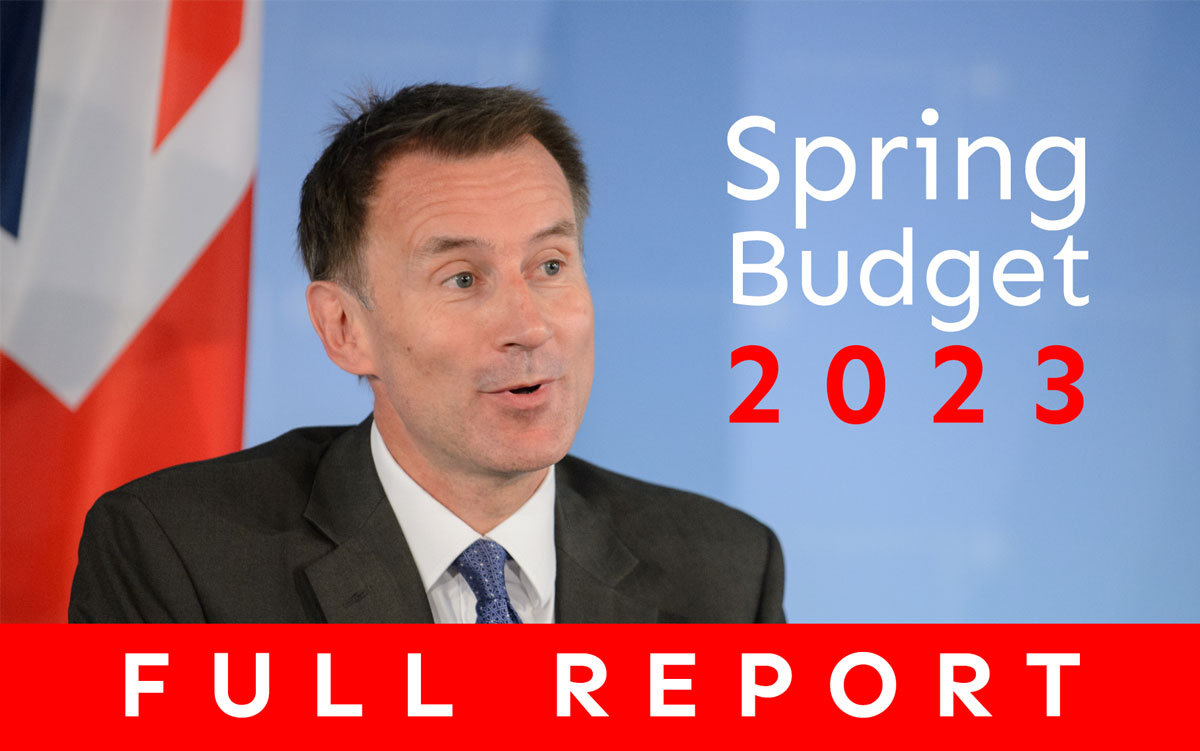A freelancer and contractor’s guide to tax planning for 2022/23
To get the most from a Limited Company, it’s worth looking ahead to the coming year and planning accordingly. But what does this mean for contractors, and what do you need to look out for? In this blog, we provide advice on how to draw money from a Company as tax-efficiently as possible.
The three ways to be tax-efficient in 2022/23
1. Use the optimum salary levels for the 2022/23 tax year
Salary levels are an individual decision for a director but tax efficient levels are typically linked to either the Personal Allowance or NI threshold:
- £12,570, if you have more than one employee in your Company (i.e. a spouse) – Having more than one employee means you’re able to claim the employment allowance. This amount hasn’t changed from the previous tax year and will reduce your Company’s National Insurance.
- £9,100 if you are the sole employee in your Company – The employment allowance is withdrawn when the Director is the sole employee. However, you will not incur any National Insurance on this salary, and you will still be entitled to a qualifying year of State Pension.
The above salary levels are also below the personal tax-free allowance, meaning no income tax is payable on them. From the company perspective, Corporation Tax relief is available on these salaries, as wages are treated as business expenditure.
- Make best use of the basic rate tax band
There will be no increase to the tax bands from the previous tax year of 2021/22. The basic rate tax band remains at £50,270, so you’re able to earn up to this amount before having to pay the higher rate of tax. The optimum amount of dividends assuming the only other income is salary will be:
- £37,700 per year (April 6 to April 5) if on a salary of £12,570
- £41,170 per year (April 6 to April 5) if on a salary of £9,100 per year
Other income must also be taken into consideration (i.e. rental properties, bank interest, other employment income, etc.) when looking at the above thresholds.
3. Only take out what you need from your Company
The main tax planning opportunity for Limited Company contractors hasn’t changed. You still have the flexibility to decide how much tax you pay by increasing or decreasing your dividends.
What happens to saved money within your Company?
You have a few options as to what you can do with it:
1. Make investments in your Company’s name through shares, bonds, property, etc. Before doing so, speak with your Taxevo accountant to ensure the trading status of your Company is preserved.
2. Make large one-off dividend payments and pay the higher rate (33.75%) or the additional rate (39.35%) tax. There are ways to mitigate this tax, such as income tax relief from EIS, SEIS, and VCT investments.
3. Leave the money in your Company. When you decide to stop contracting and shut your Company down, you can either:
- Draw out the money tax-free up to the value of £2,000 over an extended period of years
- Liquidate the Company and draw out all the profits in one lump sum at 10% tax rate using Business Asset Disposal relief, subject to the new two-year rule
4. Pension contributions are not just attractive to the over-55’s. It’s advisable that you make contributions, as you’ll make tax savings at the highest rate of tax, or at least up to the annual contribution limits (i.e – 100% of salary or £40,000, whichever is highest), as well as Corporation Tax relief level at 19%. Annual contribution limits, utilising both the current year and previous years with under-utilised allowances, and drawdown can be complicated, therefore we suggest speaking with our trusted financial adviser, who will be able to advise you on the set up of your pension and administer advice, should you require it. Simply get in touch with your Taxevo Accountant, who will be able to point you in the right direction.
What else do you need to consider?
Dividend tax payments
Dividend tax is a personal tax liability and will be payable annually as part of your Self Assessment tax return calculations. This liability is due every January 31 following the end of the tax year. Once all other forms of income have been taken into account, the tax on dividends is at the following rates:
The first £2,000 in dividends will be taxed at 0%, anything above this amount is taxable at:
- 8.75% for basic-rate taxpayers (on dividends falling below £50,270)
- 33.75% for higher-rate taxpayers (on any dividends above £50,270 and below £150,001)
- 39.35% for additional rate taxpayers (on any dividends above £150,000)
Payments on account
If you hadn’t paid tax via Self Assessment or had a tax liability below £1,000 under Self Assessment previously, you won’t have had to make payments on account before. It’s likely, however, that you’ll now be brought within the payment on account regime. Payments on account are payments towards the following tax year.
For example, if your liability were £2,000 for the year ended April 5 2022, your tax payable would be as follows:
Due January 31 2023 – £3,000 made up as:
£2,000 – tax due for the year ended April 5 2022; this is known as your balancing payment
£1,000 – an additional 50% of tax, based on your balancing payment, will be made towards the year ending April 5 2023. This is known as your first payment on account. This will be taken into account the following year, and then the same process continues with payments on account for the following year.
Due July 31 2023 – £1,000 made up as:
£1,000 – which is the remaining 50% of the tax towards the year ending April 5 2023; this is known as your second payment on account.
Corporation Tax Rate
Corporation Tax is the tax that your Company pays on its profits, and the rate will remain at 19%.
How can Taxevo help?
If you have any questions regarding any points raised in this blog or would like to discuss your tax plans for 2022/23, get in touch with your Taxevo accountant.






